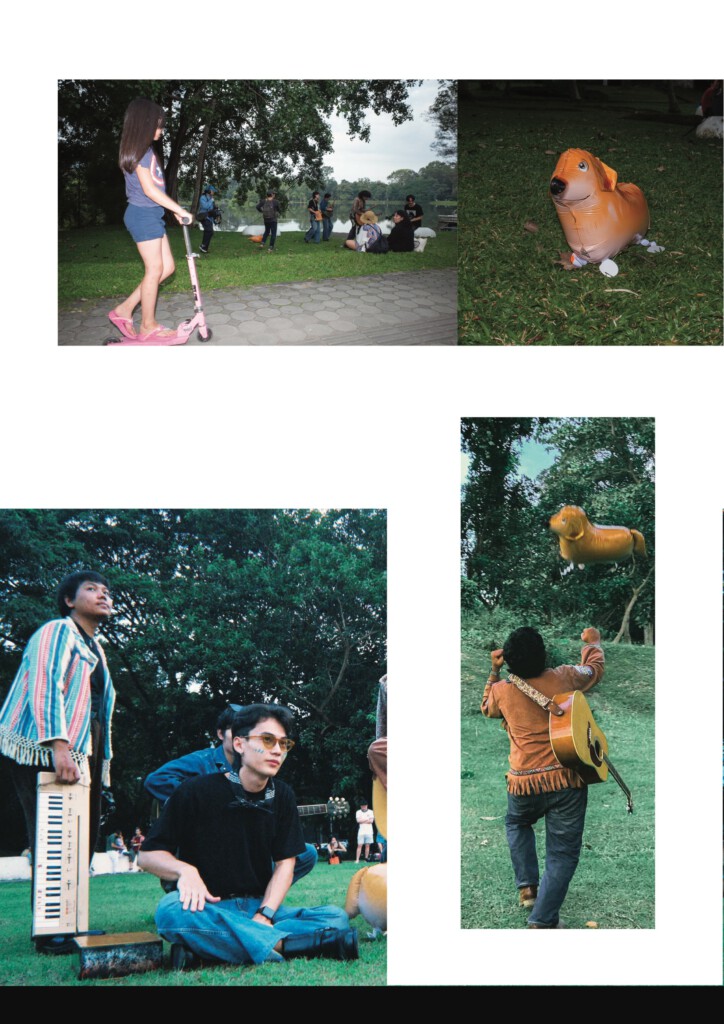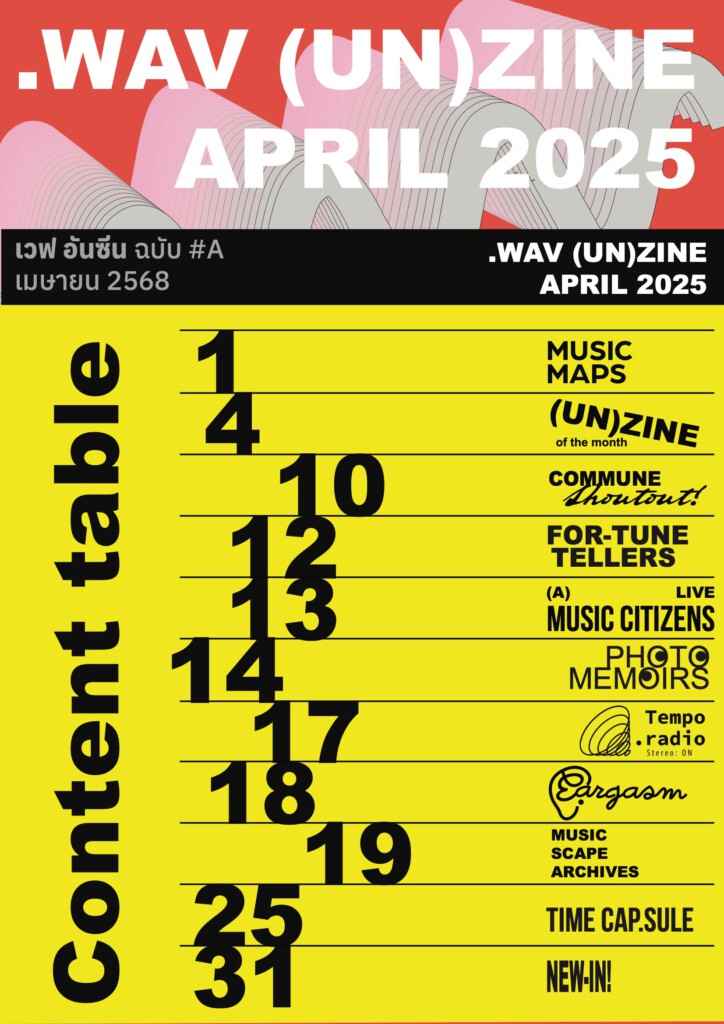🚨 why this matters now
Across Thailand — and around the world — hometown music scenes are disappearing from memory. Here’s why:
1. 🧠 The Attention Economy is Killing Depth
We live in an era where (music) media is built for clicks, not culture. Stories are shrinking into headlines, content is optimized for engagement, and deep music journalism is vanishing.
At TEMPO.wav, we’re reclaiming attention — creating media that’s slow, tactile, and timeless.
2. 📚 Hometowns Aren’t in the History Books
Mainstream music history is built around capital cities and major industry hubs, like Bangkok. Meanwhile, incredible scenes in hometowns like Chiang Mai, Mahasarakham, Pattani, Khon Kaen go unseen and unrecorded.
Without documentation, these local stories disappear from both national and global memory.
We’re here to write those stories down, connect timelines with the world — ensuring that scenes from hometowns are part of the global music conversation.
3. 🤝 Digital Media Can’t Replace Real-World Community
Music used to live in real spaces. Now, it’s scattered across playlists, lost in algorithms, and isolated in personal feeds. Chiang Mai’s music culture used to have strong third places—But today, most music engagement happens online, in isolation. Music culture needs offline tools and real places to thrive.
That’s why TEMPO.wav is rooted in physical zines, printed maps, in-person sessions, and “third places” where music lives.
4. 🏗 Music Still Isn’t Seen As (Cultural) Infrastructure
Music isn’t just a hobby—it’s culture, identity, and economy. But in hometowns like Chiang Mai, it’s still treated as optional. While artists, DJs, venue owners, and organizers pour their energy into sustaining local scenes, those efforts are often overlooked by policy, funding, and mainstream media. There is no formal support structure for local music economies. And therefore, just like what My Hometown Project is communicating; artists can’t sustain careers, music venues have no protection, and scenes fade away without support.
TEMPO.wav treats music as cultural infrastructure — something worth investing in, preserving, and passing on. Archiving stories in print over time gives hometown artists a platform that honors their work, voices, and legacy. And in time, communicate value so that in the long run, music shall be seen as infrastructure that can change lives at the policy and day-to-day level; become the future of hometowns.
🎯 What this campaign funds
With your support, we’ll launch the publication arm of TEMPO.wav:
🌀 3 issues of .wav (un)zine :
📚 1 issue of .wav magazine
🎁 All backers receive a mix of zines, magazines, merch, name credits, or sponsor perks — depending on your tier.
✊ What’s at stake
We’re raising 200,000 THB to fund this work— and ensure TEMPO.wav’s survival for the next chapter.
This isn’t just about publishing a magazine.
It’s about protecting history, amplifying local voices, and creating an archive for the music culture we’re still building.
If hometown music stories aren’t remembered — then who remembers us at all?
🌍 📢 Join the Movement, Back TEMPO.wav
Your hometown has a music story.
#yourhometownmusicmedia #tempowav #wavmagazine #wavunzine#decentralizethemusicscape #timeistempo #musiccitizens


